https://www.amazon.com/dp/B00LQ854AG
Finally burned the $50 on it, 7 years after scrimping & burning only $30 for a terrible 808 keychain cam. It has a breakaway PC board for a smaller enclosure. It does the advertised resolutions & frame rates using JPEG or slower frame rates using raw YUV. The highest 4:3 resolution it does is 1280x1024. It doesn't do any 1:1 resolutions.

The sensor doesn't cover the top & bottom. The 4:3 modes chop off the sides. The amount of cropping in the 4:3 modes changes based on resolution. 640x480 crops the most. 1024x768 crops the least. The biggest field of view is from 1920x1080.
It has a fully automatic & fully manual mode but it doesn't have an exposure setting. The manual mode just locks in whatever the last auto exposure was & allows a manual setting for white balance. The auto mode adjusts the exposure & overrides the manual white balance. Gamma, gain, saturation, brightness, contrast, sharpness, backlight compensation are always manual. It would take quite the fussing to use manual white balance. The best game for the chroma keying might be an auto exposure duty cycle of 5 seconds every 60 seconds or whenever a software metering goes over a threshold. Otherwise, it needs to be in auto.
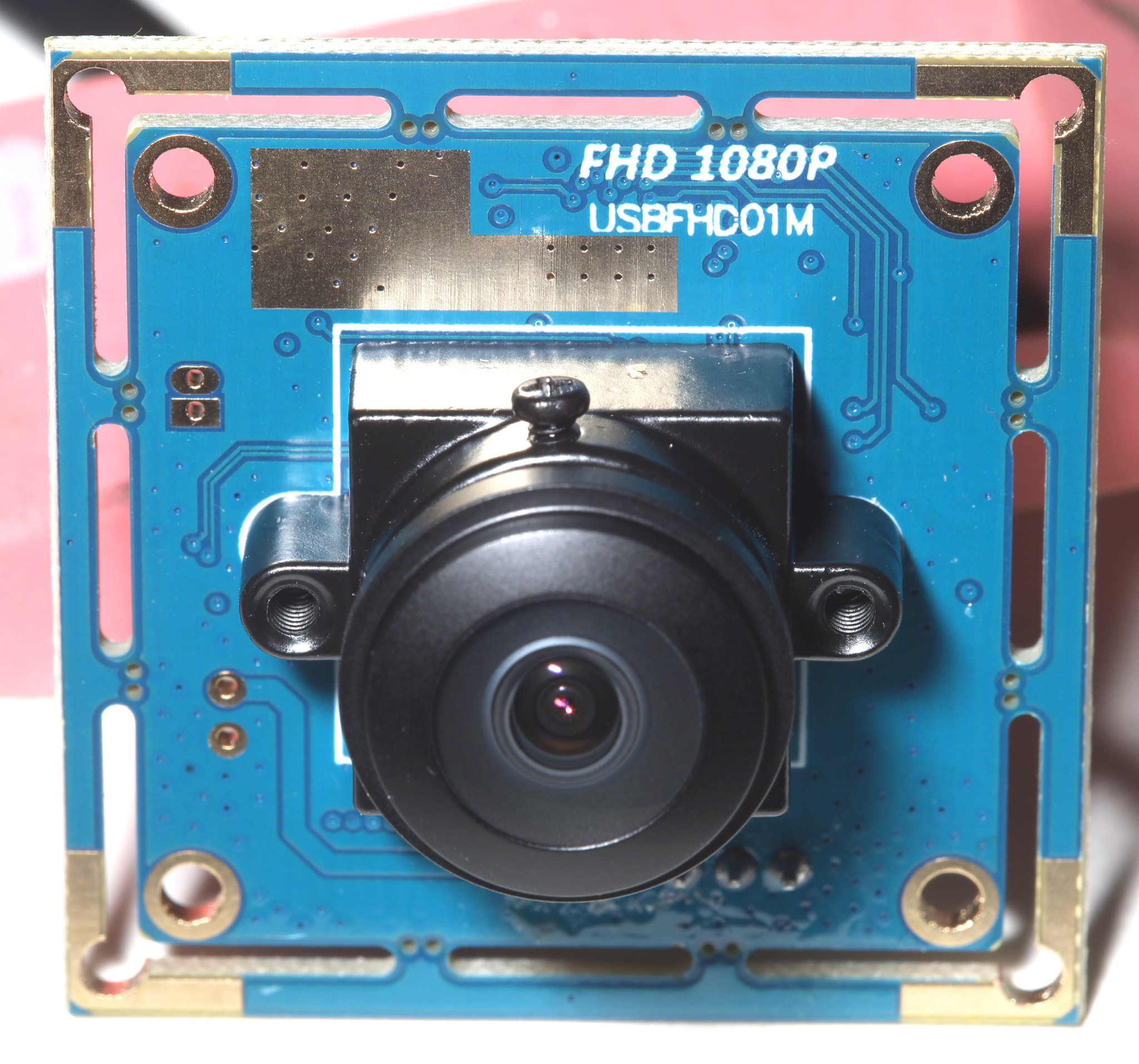

The big question is what angle to point it, what cropping & defishing to apply. Defishing fills the black areas & the useless areas of the corners with useful data. It seems pointing it up 10 deg will compensate for its height above ground. Scanning the full height of the frame will give it more body parts to detect.

This is with aspect ratio & radius set to 1. Defishing & cropping the center 4:3 still covers a very wide angle without making the center ridiculously squeezed. Ideally, all horizontal positions would be squeezed equally, giving a map of where things are. Considering how much is being cropped by defishing, 640x480 might be a wide enough field of view but the most detail is still going to come from 1920x1080 after defishing.
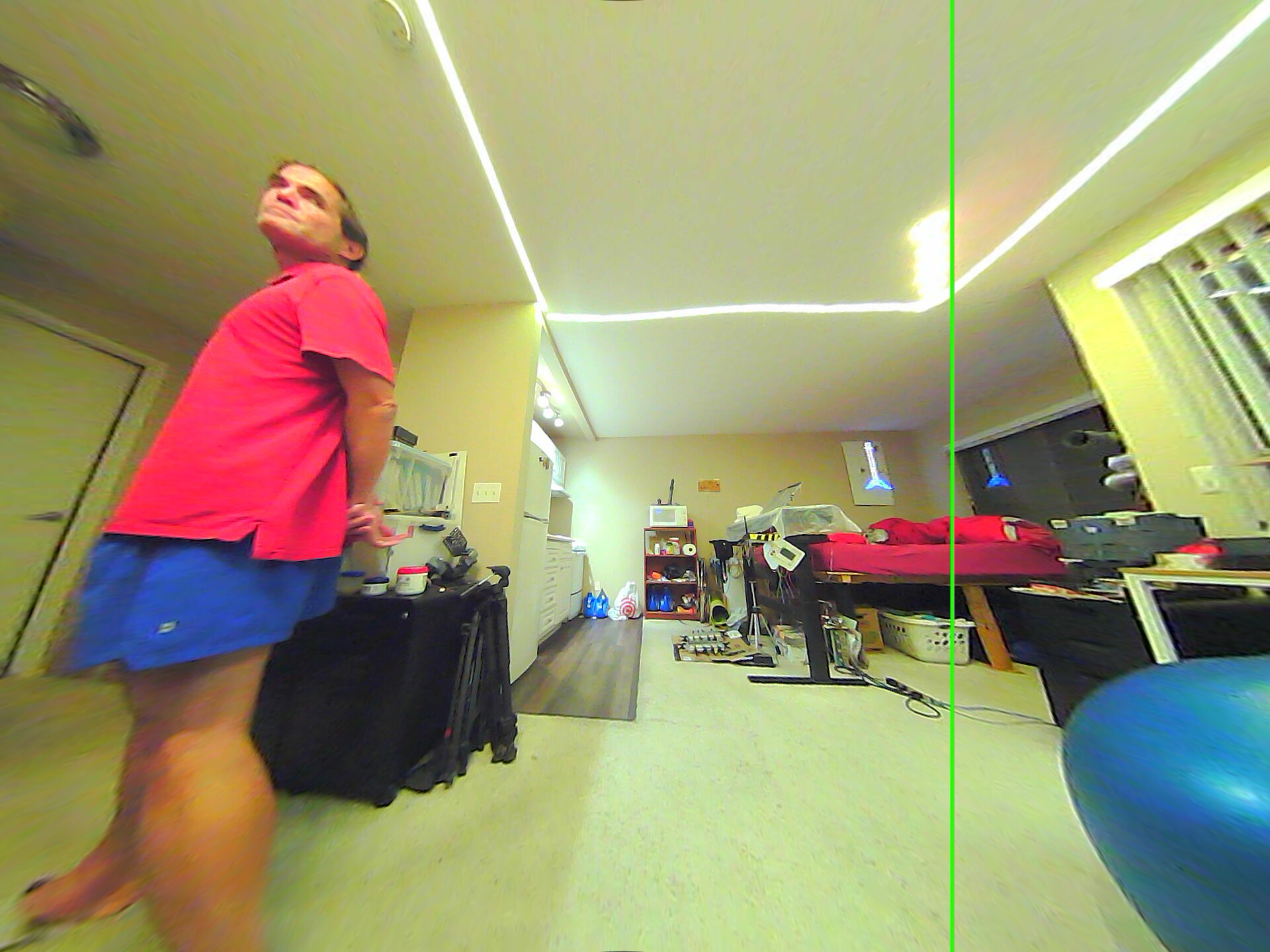
Simulated tile position. At this point, it became clear that the optimum size for 2 tiles depends on how wide the animal is.

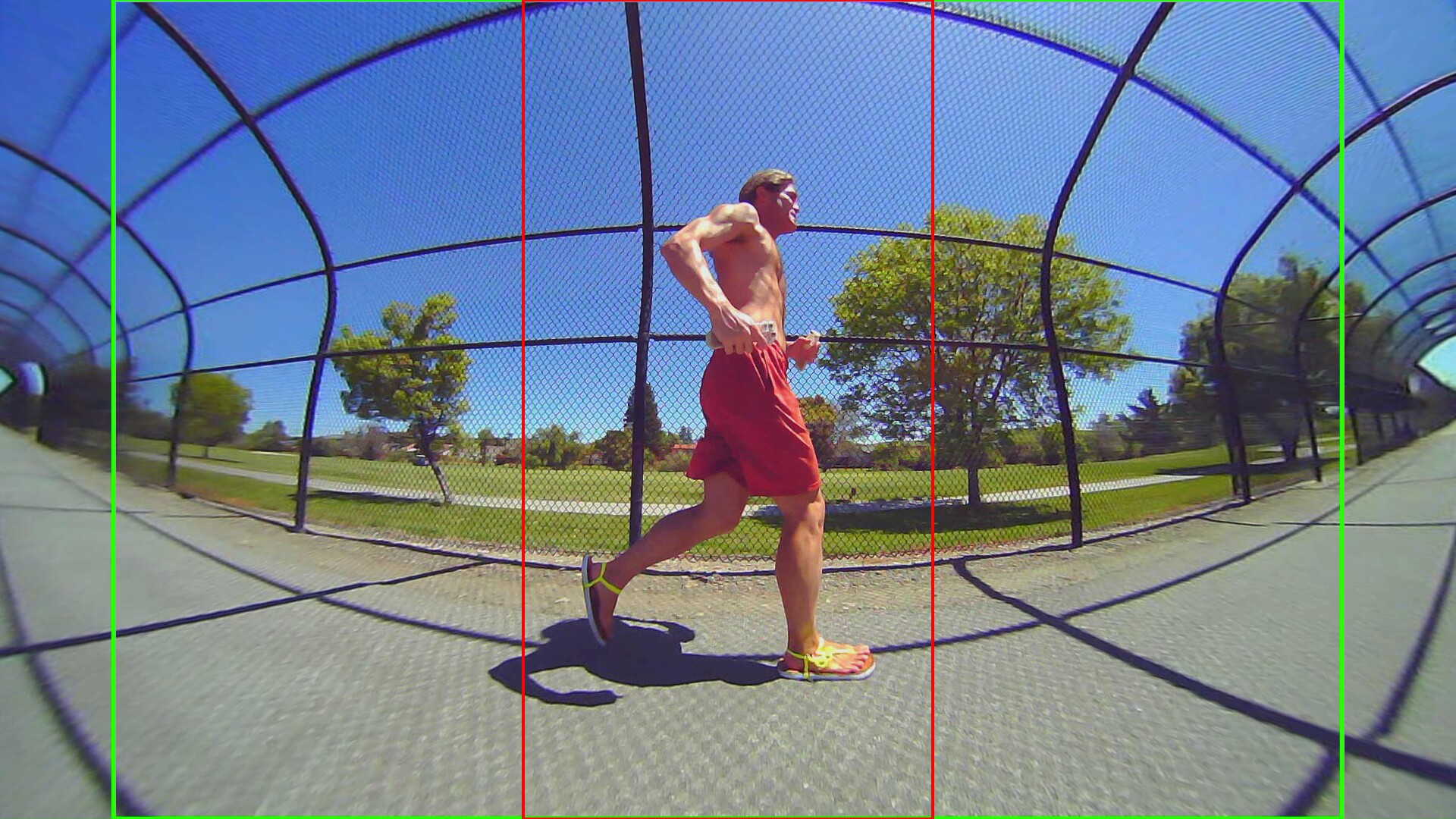


For a lion who occupies 1/3 of a tile, it should be a 3:2 or 576x384. Then the tiles overlap by 1/3. Some amount of barrel distortion seems to be required for a wider angle & to keep objects the same proportions in every location. The object of the game is to reduce barrel distortion enough to fill the frame with data.



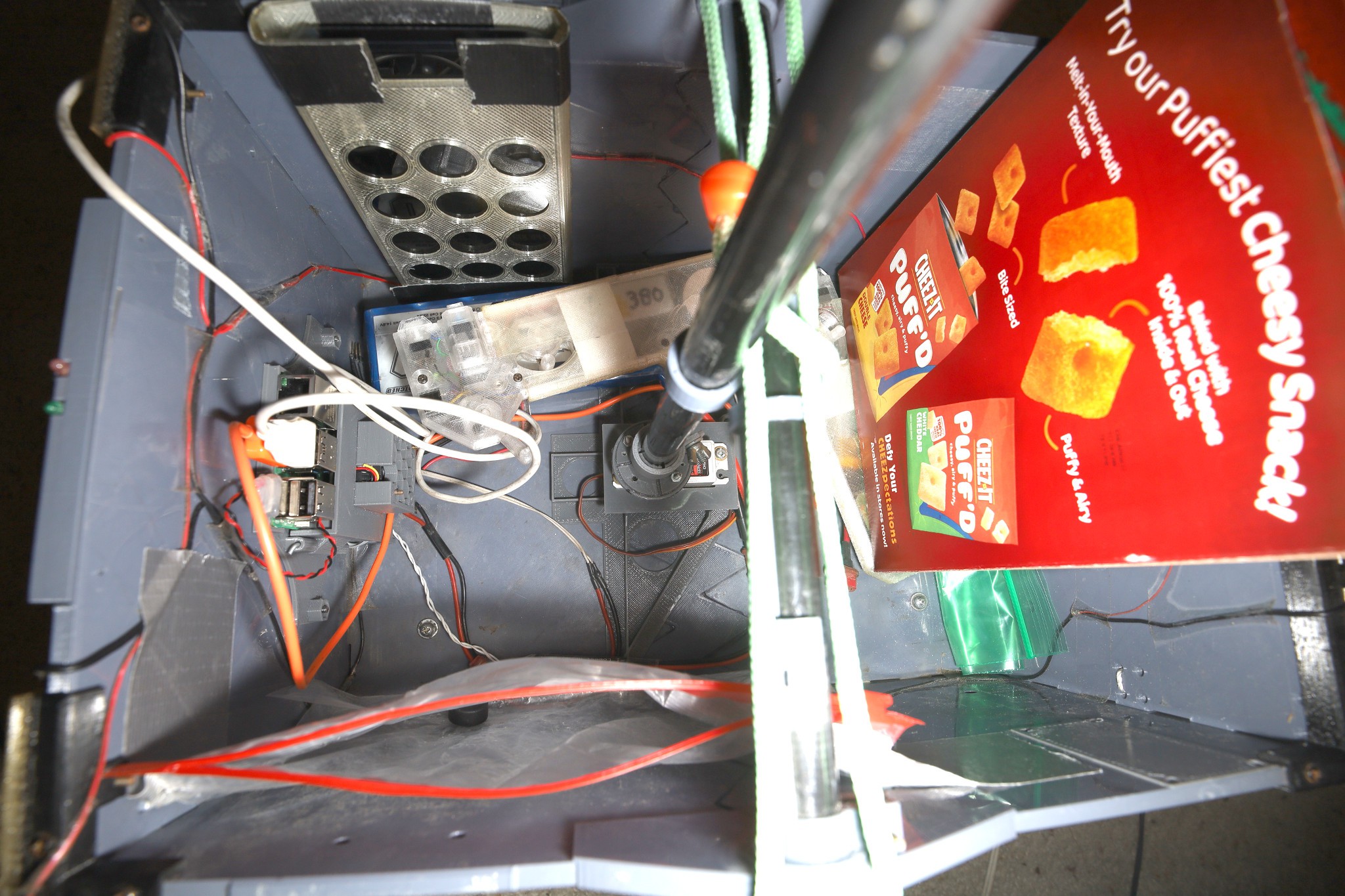

The mounting is quite an improvement since the keychain cam.
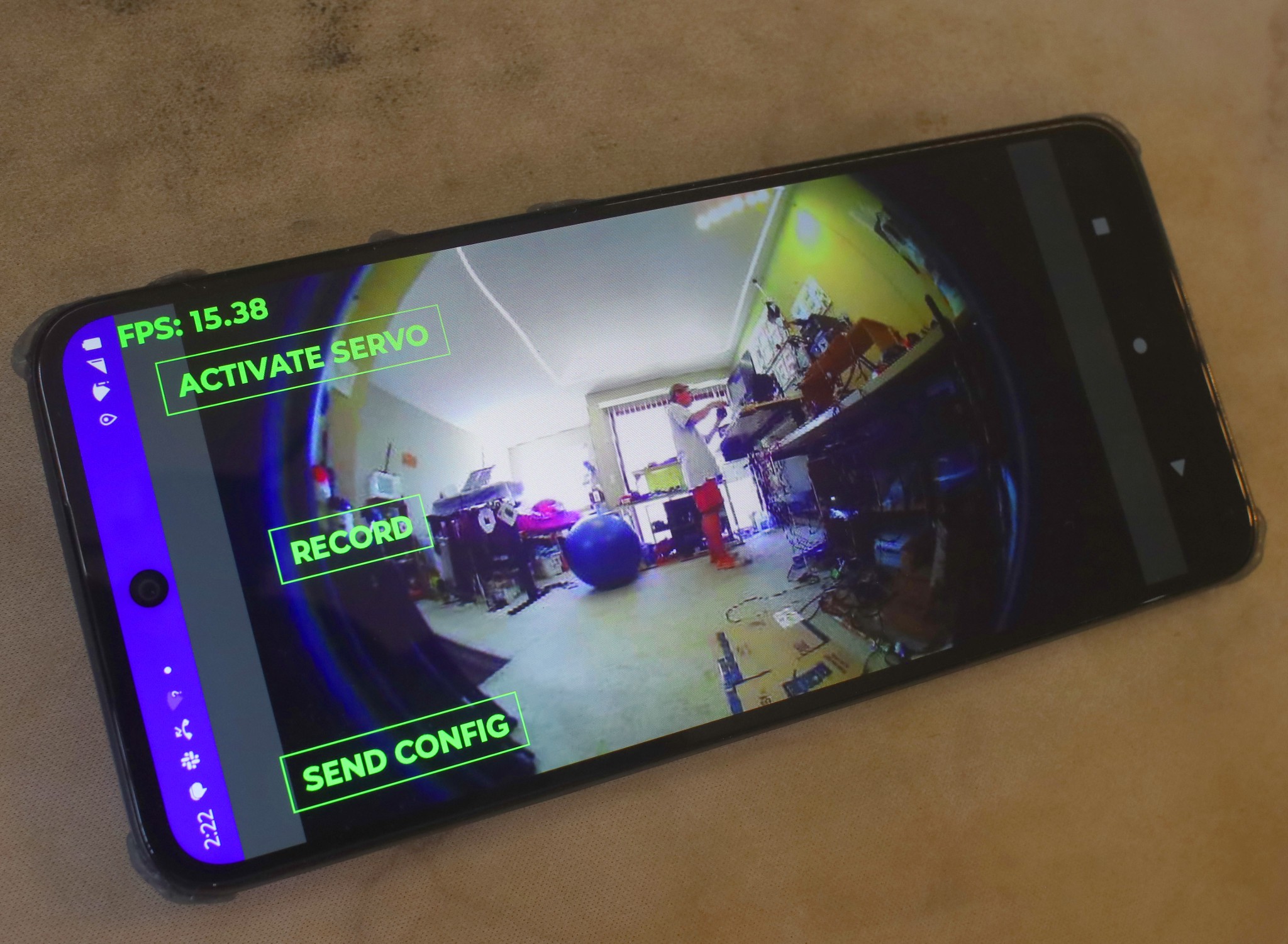
Never had realtime FPV video from a decent camera so this was quite an experience. The latency & range were too awful to drive by.
The defishing process, higher camera resolution took a bite out of efficientlion-lite1. It only did 12fps. Invalid hits seemed pretty low compared to the keychain cam. Range was pretty limited because of the wider field of view. A slower interpolated defishing might improve the range. The improved picture quality renewed dreams of running facenet.
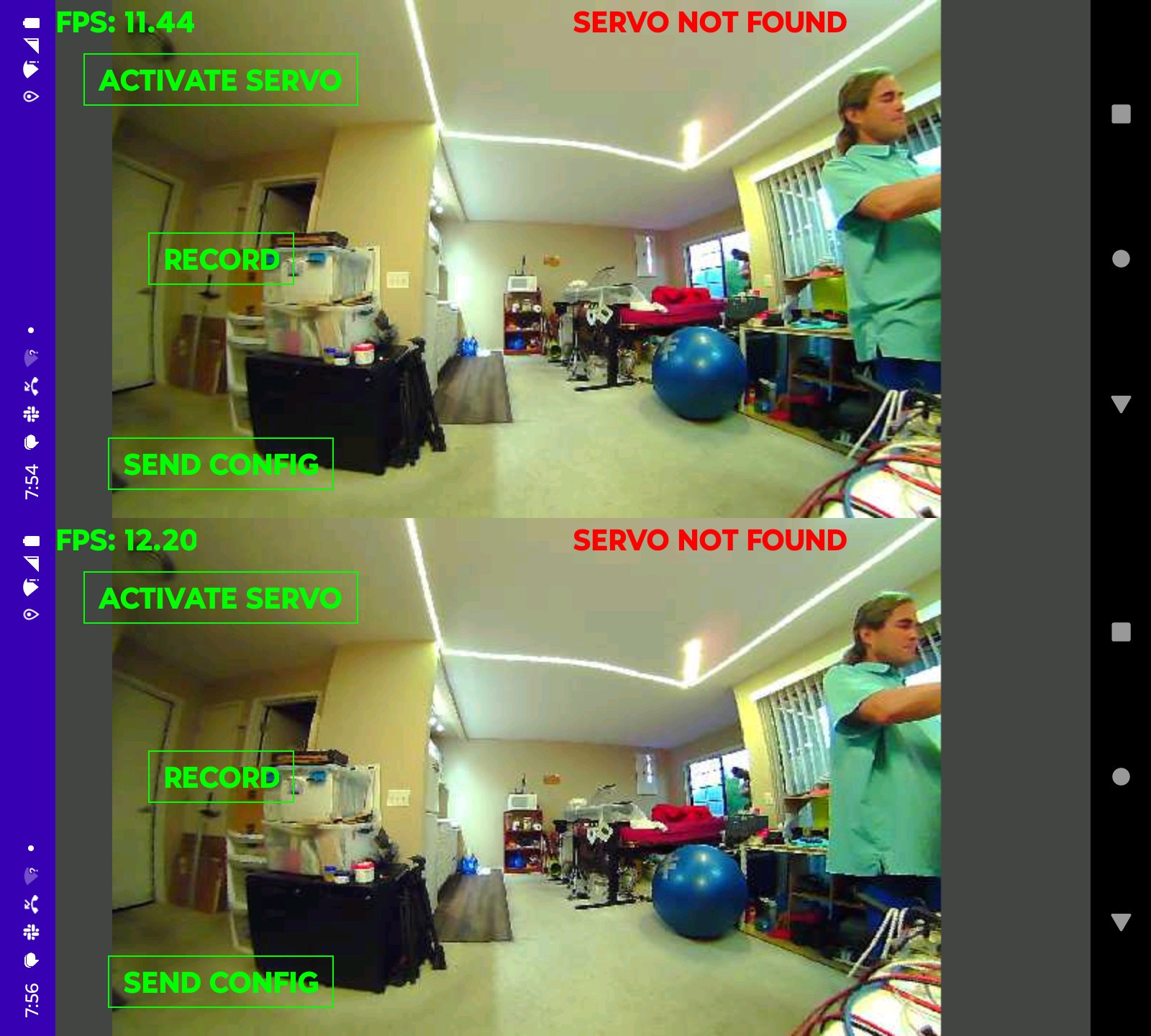
A minimal interpolator took away another 1 fps & didn't make any useful difference.
 lion mclionhead
lion mclionhead
Discussions
Become a Hackaday.io Member
Create an account to leave a comment. Already have an account? Log In.